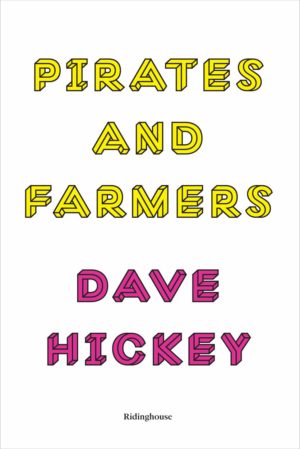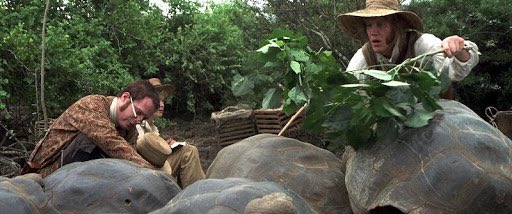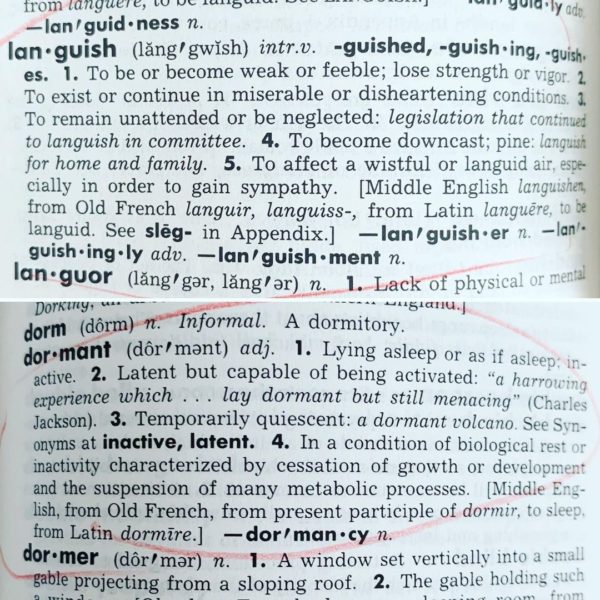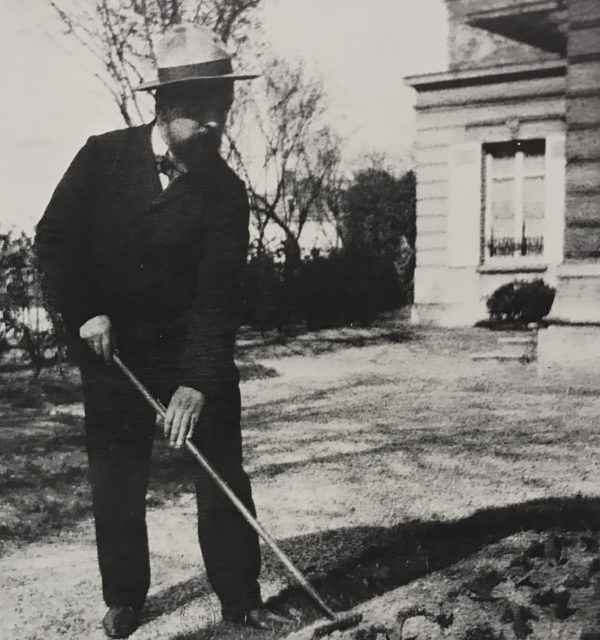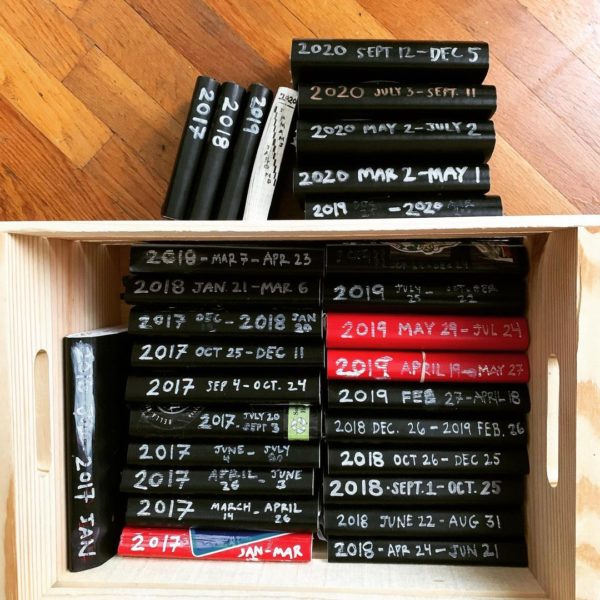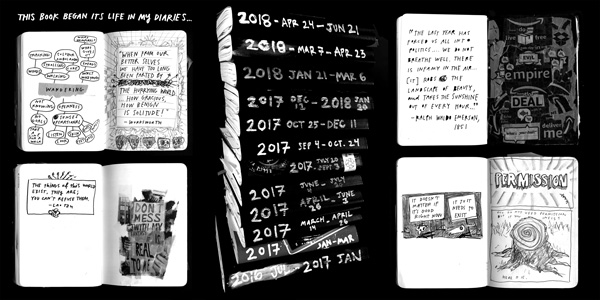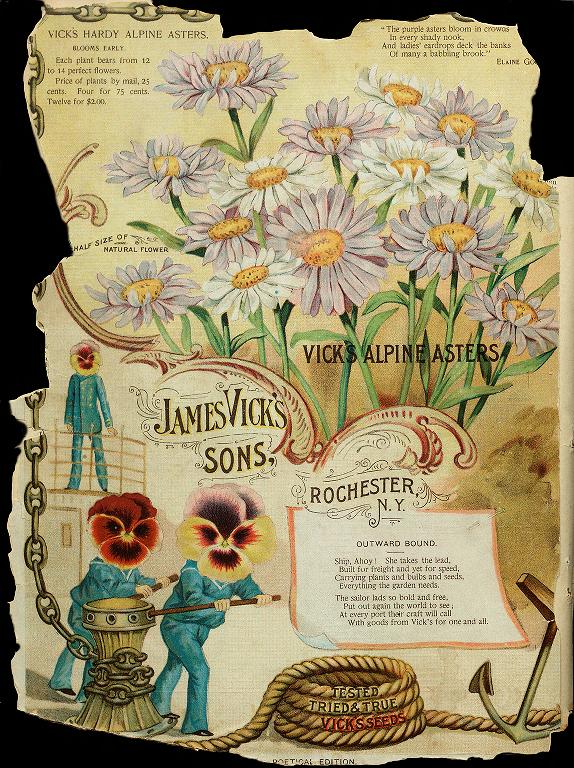
“How long will things be the same? Surely I will be awake, I will sleep, I will be hungry, I will be cold, I will be hot. Is there no end? Do all things go in a circle?
—Seneca
I am fascinated by the Farmer’s Almanac, and the “Planting by the Moon” guide in particular, which has advice such as: “Root crops that can be planted now will yield well.” “Good days for killing weeds.” “Good days for transplanting.” “Barren days. Do no planting.”
I think it’d be funny to make up an almanac for writers* and artists, one that emphasized the never-ending, repetitive work of the craft.
“Almanacs are cyclical,” writes Jess McHugh, author of Americanon, “a reminder that things happen in their time and place, and we can prepare and make plans, but frost might come anyway.”
“The secret of The Old Farmer’s Almanac: pay attention,” Tim Clark, a former editor at the Almanac, once told me. “Pay attention to the sky, and the winds, and the tides, and the number of acorns on the ground in the fall, and what the animals are doing, and which way the birds are flying. Pay attention. And that’s what a farmer in 1792 — or 1292 — had to do to survive.”
Like a farmer (or a pirate), you have to pay attention to your own atmosphere and weather, to know what season you’re in, and beware of attempting to flourish in suboptimal conditions.
An almanac could help…
* * *
* I must admit, despite who owns it, I still read the Writer’s Almanac email every day.



